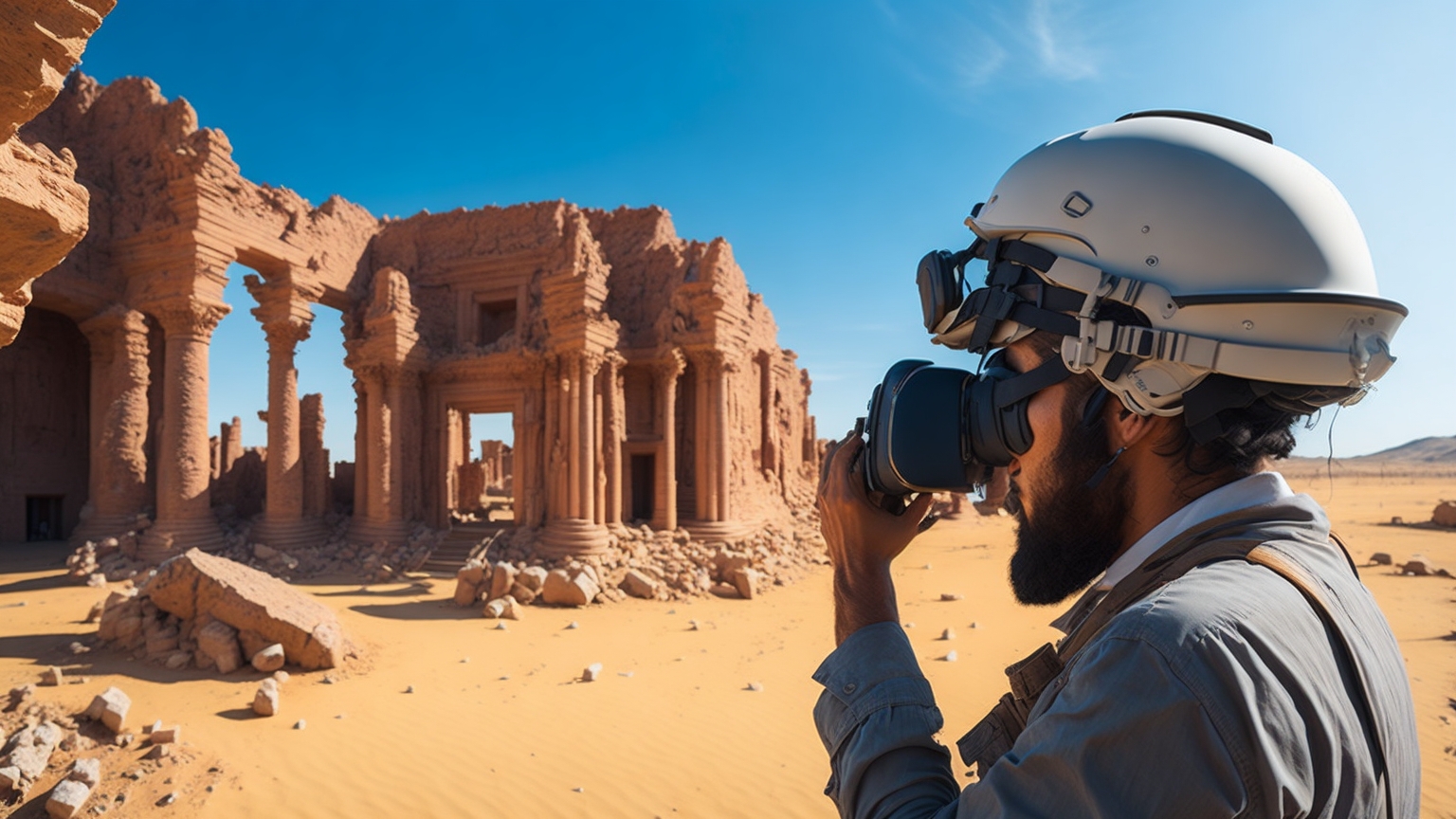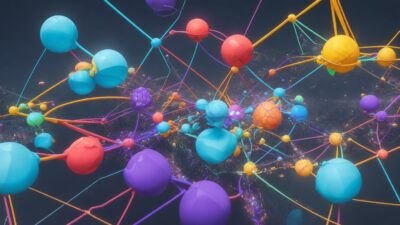The Intersection of Archaeology and Technology: Unearthing the Past with Digital Tools

As technology continues to evolve, it’s reshaping how we explore and understand history. Archaeology, an area focused on unlocking secrets from the past, has particularly felt the impact. By leveraging digital tools, from 3D modeling to virtual reality, archaeologists are discovering new ways to delve into the past. Let’s delve into how these advancements are revolutionizing archaeology.
The Digital Turn in Archaeology
Known as digital archaeology, this emerging field integrates cutting-edge technologies to gather, analyze, and interpret archaeological findings. With the help of digital tools, researchers can gain more profound insights into their studies and share their findings with a broader audience.
The Magic of 3D Modeling and Virtual Reality
One of the standouts in this digital revolution is 3D modeling. This technology allows archaeologists to replicate and investigate objects or structures that have been lost to time or are too fragile to handle.
Simultaneously, virtual reality (VR) is providing immersive experiences for archaeologists. With VR headsets, researchers can ‘travel’ to ancient sites and thoroughly examine them without ever needing to leave their laboratory.
Landscape Analysis with GIS and Remote Sensing
Geographic Information Systems (GIS) and remote sensing have become indispensable in the toolkit of the modern archaeologist. These tools aid in landscape analysis, tracking changes over time, and pinpointing potentially rich sites for excavation.
The Power of Digital Archives and Open-Access Data
The digital revolution doesn’t just stop at excavation and analysis. It extends to how archaeologists store and share information. Thanks to digital technology, expansive archives of archaeological data are available online for researchers around the globe, promoting cooperation and knowledge sharing among experts.
In Summary
The dawn of digital technology has sparked a revolution in the field of archaeology. These innovative tools, from VR to GIS, have opened new avenues for historical exploration and understanding, redefining how we study the traces of humanity’s past.




